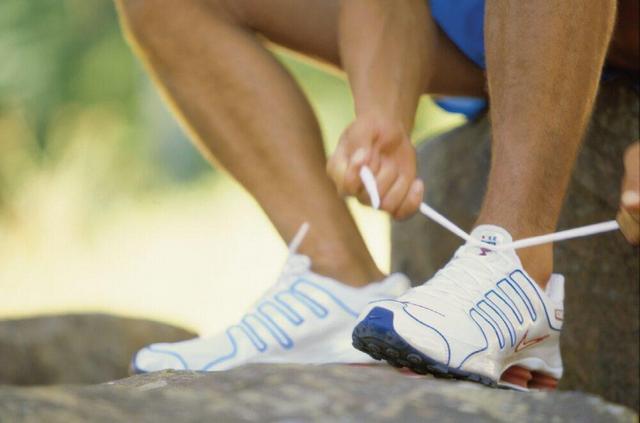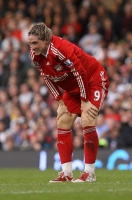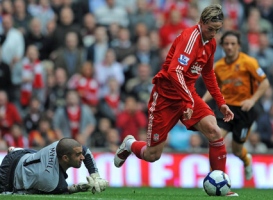Sports hernia

This injury in groin is relatively rare status and is specific for sportsmen. This condition is named after Jerry Gilmore, the London surgeon who first recognised this syndrome in 1980 and developed the operative technics for its treatment. It is known also as sport hernia, pains in pubis in sportsman, Gilmore’s syndrome, but the term lesion in Gilmore’s groin is more apt title, because formally no real herniation is noticed in this case.
This syndrome is characterized by chronic pain in groin of athletes and extension of the external aperture of inguinal canal. It is notices most often in footballers, hockey-players, rugby-players, and it may develop in amateurs as well as in professional athletes. No hernia is proven at physical and image examinations, and such is not discovered at operative correction of status. The term hernia is used wrongly in this case but it remained in literature because the operative correction of sport hernias is related to performance of surgical reconstructions, similar to these in inguinal hernias.
Sport hernia symptoms are related to pain in sports and motions, especially in thigh extension, twisting and turning. Usually the pain irradiates to adductors and testicles, but often the patient hardly indicates the correct localization of pain.
After playing sport, usually the affected sportsman has rigidity and pain. Each effort, leading to elevation of intra-abdominal pressure like coughing, sneezing or sport activity may provoke the pain. In the early stages, the person may be able to continue playing their sport, but the problem usually gets progressively worse
Diagnosis is based on anamnesis and physical exam. Normally the patient reports pain in coughing and sneezing as well as at sitting position and squeezing the legs together.
The exact lesion may differ, but common pathologic findings at operation are:
• torn external oblique aponeurosis
• tear in the conjoint tendon ( tendo conjunctivus, falx inguinalis)
• conjoint tendon torn from pubic tubercle
• dehiscence between conjoined tendon and inguinal ligament
• tear in the fascia transversalis
• tear of the abdominal internal oblique muscle from the pubic tubercle
• entrapment of the ilioinguinal nerve or genitofemoral nerve
Conservative treatment involves stabilising and strengthening the muscles of the pelvic region. Rest is necessary for 6-8 weeks. It may allow continuation of active sport activity for a short period of time but is not definite solution of the problem. However, there usually comes a time when the person can no longer continue, because sports performance becomes so impaired and a surgical approach is required to cure the problem.
The exact frequency of the status is unknown. According to some authors, this is the most frequent reason for chronic pain in groin of sportsmen, and according to other – the status is very rare one.


Fernando Torres, suffering Fernando Torres - now
severe pain before
surgery of "sports hernia"
Have a question? We look forward to hearing from you!
Send InquiryContacts
1407 Sofia
Vita Hospital (Second Building ) - № 10 Filip Kutev Str.,
Phones: 02 45 22 000
Е-mail: [email protected]
